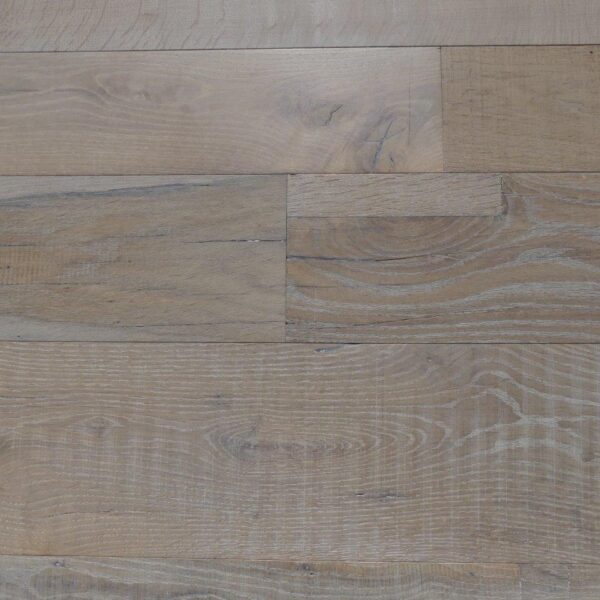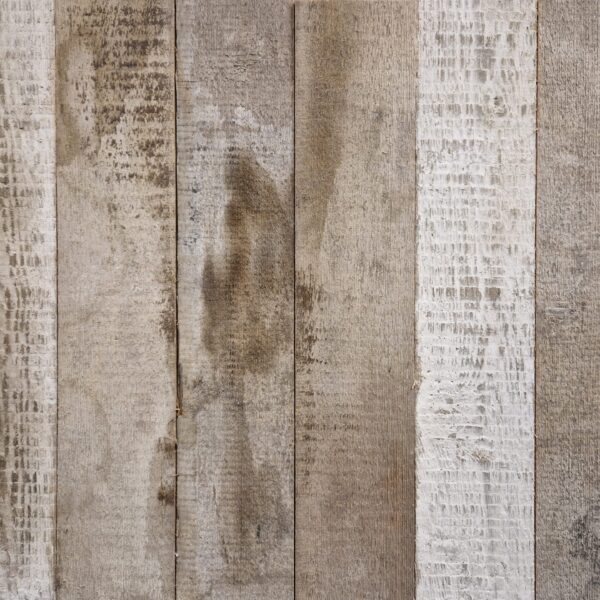Reclaimed Cladding
RECLAIMED CLADDING
Reclaimed cladding refers to the practice of reusing or repurposing building cladding materials that have been salvaged from previous structures or projects. Instead of using new materials, reclaimed cladding offers an environmentally friendly alternative by reducing waste and conserving resources.
The process typically involves carefully removing cladding panels, such as wood, brick, or metal, from old buildings slated for demolition or renovation. These salvaged panels are then cleaned, refurbished, and prepared for reuse in new construction projects or to replace damaged or deteriorated cladding on existing structures.
Reclaimed cladding provides several benefits. It adds character and uniqueness to buildings by incorporating materials with a history and patina. It also reduces the demand for new resources and minimizes the environmental impact associated with manufacturing new cladding materials. Additionally, using reclaimed cladding can contribute to sustainable building practices and help achieve green building certifications.
However, it’s essential to ensure the reclaimed cladding is thoroughly inspected, tested for structural integrity, and treated for any potential issues such as rot, pests, or hazardous substances. Proper installation techniques and compatibility with the building design should also be considered to ensure long-term performance and durability.
Overall, reclaimed cladding offers a sustainable and aesthetically pleasing option for architects, builders, and environmentally conscious individuals looking to incorporate recycled materials into their construction projects.
What Reclaimed Wood Cladding does Oakley Products Offer?
Oakley Products offers a range of reclaimed cladding, the Lombard Oak range consists of reclaimed oaks that have been manufactured into engineered boards so that they are easy to fit, these come in mixed widths with cuts out and notches which have been filled adding extra character. This is also available in a herringbone affect.
Then they offer the Bishopsgate Pine, these come in two different sizes one being 110mm wide and the other being 178mm Wide (7”), this has a rough face and a smooth planed face, again this offers a lot of character to any room placed in due to the colour and texture variation on these boards.
And then they also offer a range of engineered boards which can be used as cladding as some of these are square edged so offer the perfect smooth finish.
The Beauty and Sustainability of Reclaimed Cladding
Benefits of Reclaimed Wood Cladding:
Reclaimed wood cladding offers several benefits in construction and design projects. Here are some key advantages:
Sustainability: Reclaimed wood cladding is an environmentally friendly option as it repurposes wood from old structures that would otherwise be discarded. By using reclaimed wood, you reduce the demand for new timber and help conserve natural resources.
Unique and Aesthetic Appeal: Reclaimed cladding has character and a distinct appearance that adds a rustic, weathered, or vintage charm to buildings. It carries the history, patina, and rich textures of its previous use, creating a unique and visually appealing feature.
Durability and Strength: Reclaimed wood has already withstood the test of time, proving its durability. Older wood often has a higher density and tighter grain structure than newly harvested wood, making it resistant to warping, twisting, and other issues. This makes reclaimed wood cladding a reliable and long-lasting choice.
Storytelling and Heritage: Reclaimed wood carries a sense of history and can tell a story. It may have been sourced from old barns, warehouses, or other structures with a rich cultural or historical background. Incorporating reclaimed wood cladding allows you to connect the present with the past, creating a sense of heritage and nostalgia.
Reduced Environmental Impact: By choosing reclaimed cladding, you help reduce deforestation and minimize the energy and resources required for harvesting, processing, and transporting new timber. It also prevents old wood from ending up in landfills, contributing to a more sustainable construction industry.
Indoor Air Quality: Reclaimed wood cladding often undergoes a cleaning and treatment process, which can include removing contaminants and pests. This treatment helps improve indoor air quality by reducing the potential release of harmful substances commonly found in some older wood.
Increased Property Value: The use of reclaimed wood cladding can enhance the value and desirability of a property. The unique and eco-friendly aspects of reclaimed materials can attract potential buyers or tenants who appreciate sustainable and distinctive design elements.
When considering reclaimed wood cladding, it’s important to ensure proper sourcing, treatment, and installation. Working with reputable suppliers and professionals will help ensure the quality, safety, and longevity of the reclaimed wood in your project.
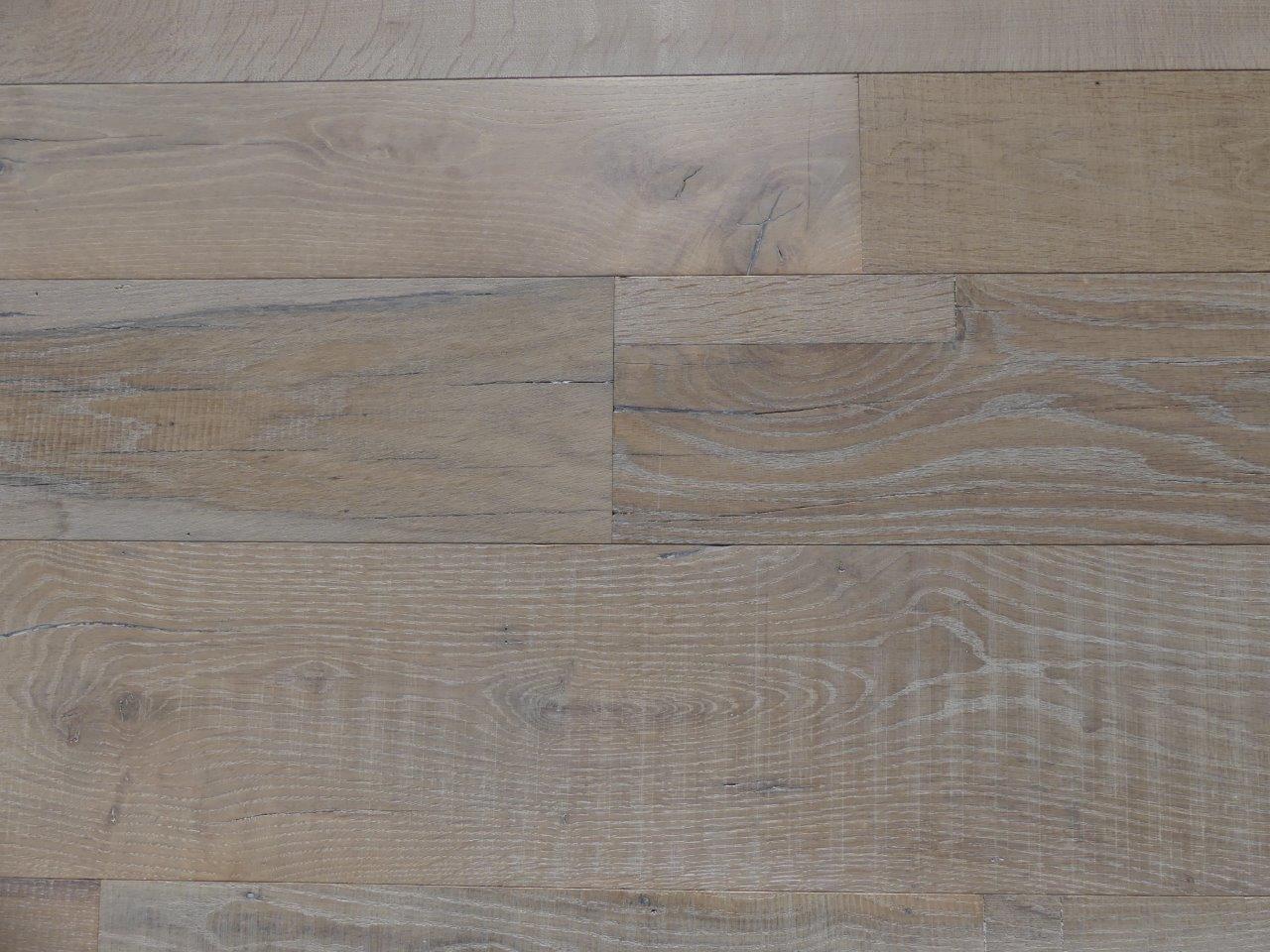
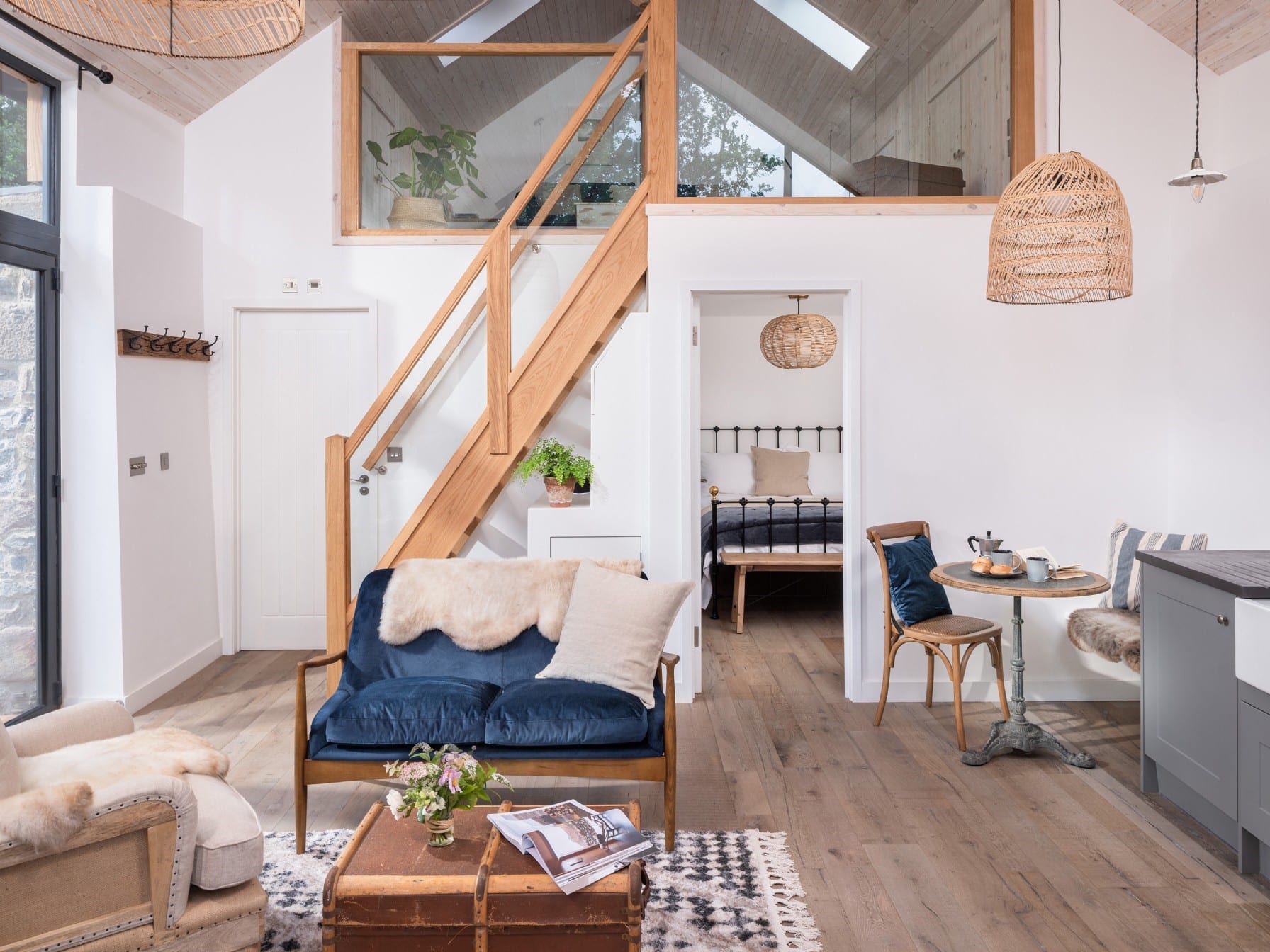
Installing Reclaimed Wood Cladding
Installing reclaimed wood cladding requires careful planning and execution to ensure a successful and long-lasting installation. Here are the general steps involved in installing reclaimed wood cladding:
Prepare the Surface: Ensure that the surface where the reclaimed wood cladding will be installed is clean, dry, and structurally sound. Remove any existing cladding or finish materials, repair any damaged areas, and address any moisture issues.
Acclimate the Wood: Allow the reclaimed wood to acclimate to the environment where it will be installed. This helps minimize potential expansion or contraction of the wood after installation. Store the wood in the installation area for a sufficient period, following the manufacturer’s recommendations.
Measure and Plan: Measure the wall area to determine the quantity of reclaimed wood cladding needed. Consider the layout, orientation, and pattern of the wood planks to achieve the desired visual effect. Make any necessary adjustments and create a detailed installation plan.
Prepare the Wood: Inspect each reclaimed wood plank for damage. Clean the wood, removing any dirt, debris, or old finishes. Sand or mill the edges or surfaces as needed to ensure a consistent and even appearance. (This is not required when using the Lombard Oak Range.)
Install a Moisture Barrier: Depending on the wall’s construction and local building codes, you may need to install a moisture barrier or waterproof membrane before attaching the reclaimed wood cladding. This helps prevent moisture infiltration and protects the wood.
Install Furring Strips: If the wall surface is not suitable for direct installation, install horizontal furring strips to create a level and stable substrate. These strips provide an attachment point for the reclaimed wood cladding.
Attach the Reclaimed Wood: Start at the bottom of the wall and work your way up. Apply construction adhesive to the back of each wood plank and press it firmly against the wall or furring strips. Use a pneumatic nailer or screws to secure the wood planks in place. Ensure proper spacing between the planks for expansion and contraction.
Finishing Touches: Once all the reclaimed wood cladding is installed, fill any nail or screw holes with wood filler and sand the surface as needed. Apply a finish or sealant to protect the wood and enhance its appearance. Follow the manufacturer’s instructions for the specific finish product being used.
It’s important to note that these steps provide a general guideline, and the specific installation process may vary depending on factors such as the type of reclaimed wood, wall construction, and local building regulations. Consulting with a professional contractor or installer experienced in working with reclaimed wood can provide valuable guidance and ensure a successful installation.
Using Reclaimed Cladding for Your Projects: What You Need to Know and Consider
When considering the use of reclaimed cladding in construction projects, it is important to take into account the specific requirements of the project at hand. While reclaimed cladding can add character and visual interest to a structure, it may not always be suitable or feasible for certain applications. Working with architects, designers, or construction professionals to evaluate the suitability of reclaimed cladding for a specific project can help ensure that the desired aesthetic effect is achievable without compromising the structural integrity of the building.
It is also important to follow local building codes and regulations when using reclaimed cladding in construction. These regulations are in place to ensure that buildings are safe and structurally sound. Failure to comply with these codes can result in costly fines, legal liabilities, and safety hazards. By consulting with professionals and adhering to relevant building codes and regulations, the use of reclaimed cladding in construction projects can be a safe and sustainable option that adds character and value to the built environment.
Where is reclaimed cladding suitable for?
Reclaimed cladding is suitable for various construction and design applications. Here are some examples of where reclaimed cladding can be used:
Residential Buildings: Reclaimed cladding can be applied to the exterior of houses, cabins, or other residential structures. It adds a unique and aesthetically pleasing touch to the facade, creating a warm and inviting atmosphere.
Commercial Buildings: Reclaimed cladding can be utilized in commercial buildings such as offices, retail stores, restaurants, and hotels. It can help create a distinct and memorable look, contributing to the overall branding and ambiance of the space.
Interior Wall Cladding: Reclaimed cladding can be used on interior walls to add character and visual interest. It can be applied in various spaces, including living rooms, dining areas, bedrooms, or even feature walls in commercial settings.
Accent Walls: Reclaimed cladding is often used as an accent wall, creating a focal point in a room or space. It can be employed in both residential and commercial settings, such as lobbies, reception areas, or restaurants, to enhance the overall design and atmosphere.
Retail Displays: Reclaimed cladding can be incorporated into retail store displays, helping to create a unique and eye-catching backdrop for showcasing products. It adds texture and warmth, contributing to a more inviting and authentic shopping experience.
Hospitality and Entertainment Venues: Reclaimed cladding can be employed in hotels, resorts, bars, theatres, and other entertainment venues. It creates a distinctive and memorable ambiance, reflecting a sense of history and character.
Renovations and Restorations: Reclaimed cladding is often used in renovation and restoration projects to maintain the historical authenticity and charm of a building. It can be employed to replace damaged or deteriorated cladding, ensuring that the new elements blend seamlessly with the existing structure.
Looking For Our Pricing? Call Us Now
Fast Shipping
Fast shipping on all orders from UK
Secure Payment
We offer safe shopping guarantee
100% Satisfaction
We have 100% positive feedback from our clients
Telephone Support
We are always on hand for any questions you may have
FREE SAMPLES & TECHNICAL EXPERTISE - NEXT DAY DELIVERY - STOCK RESERVATION AVAILABLE
Inspiration
Examples of our products in live settings
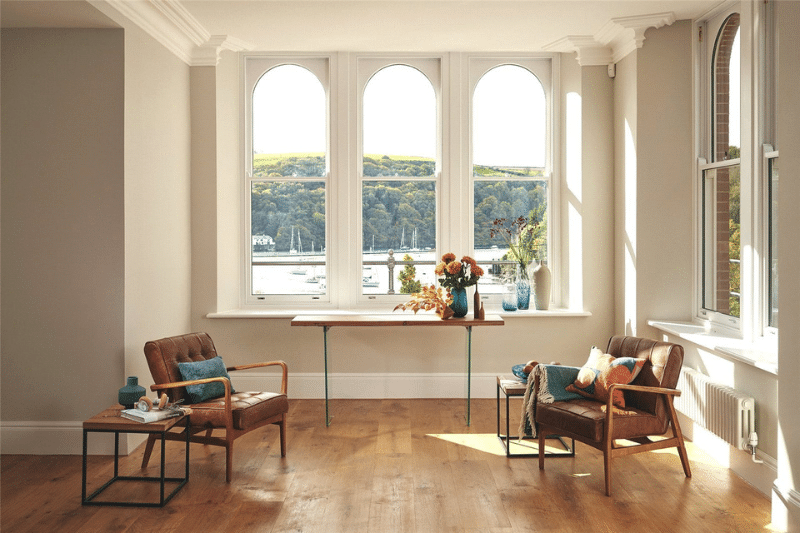
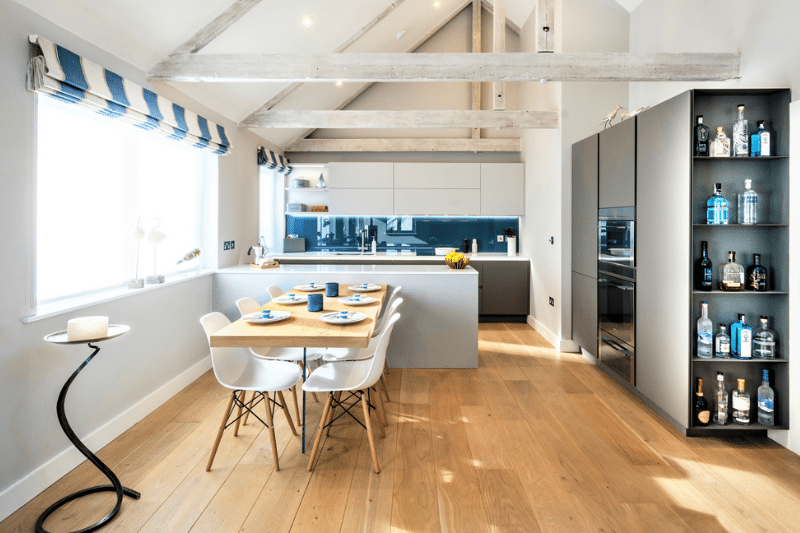
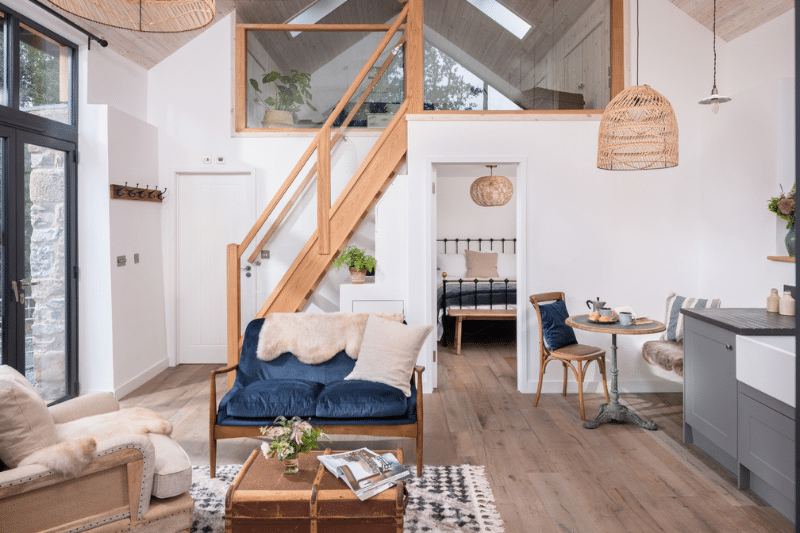
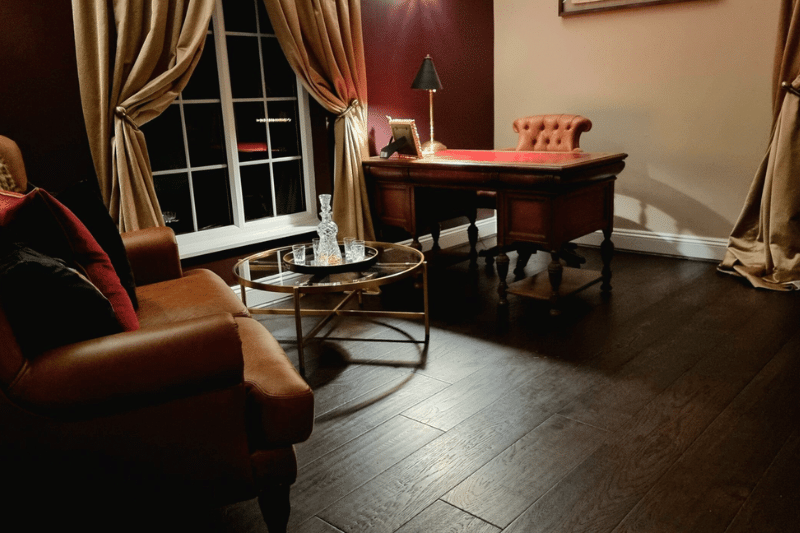
GET IN TOUCH
Have an idea or project then please get in touch...

